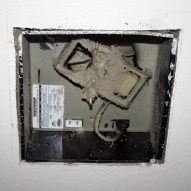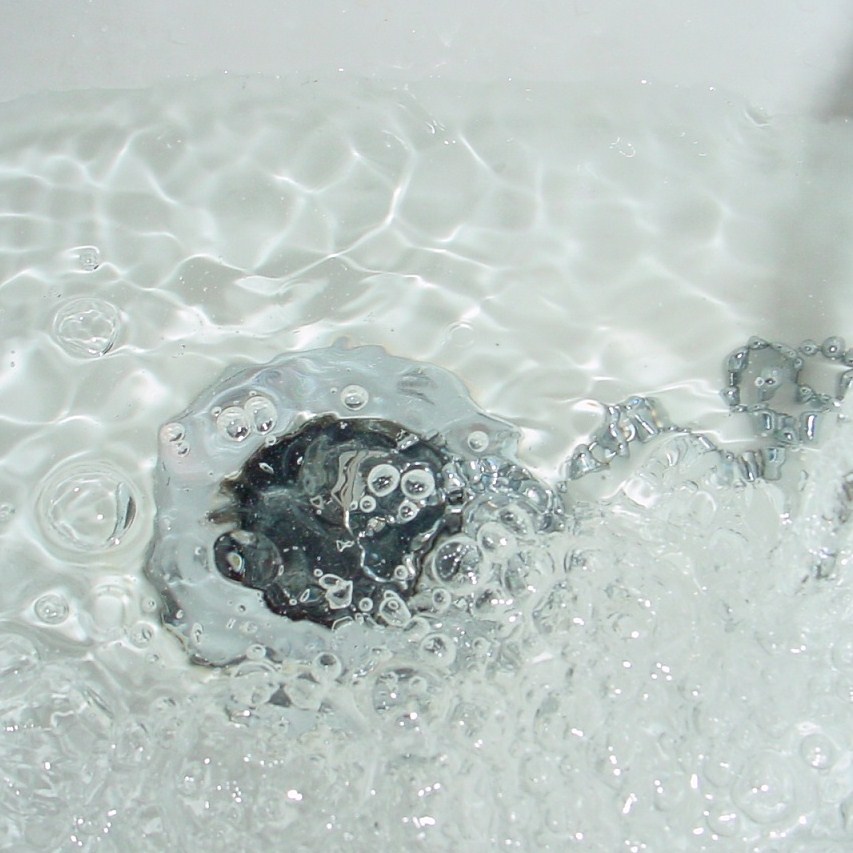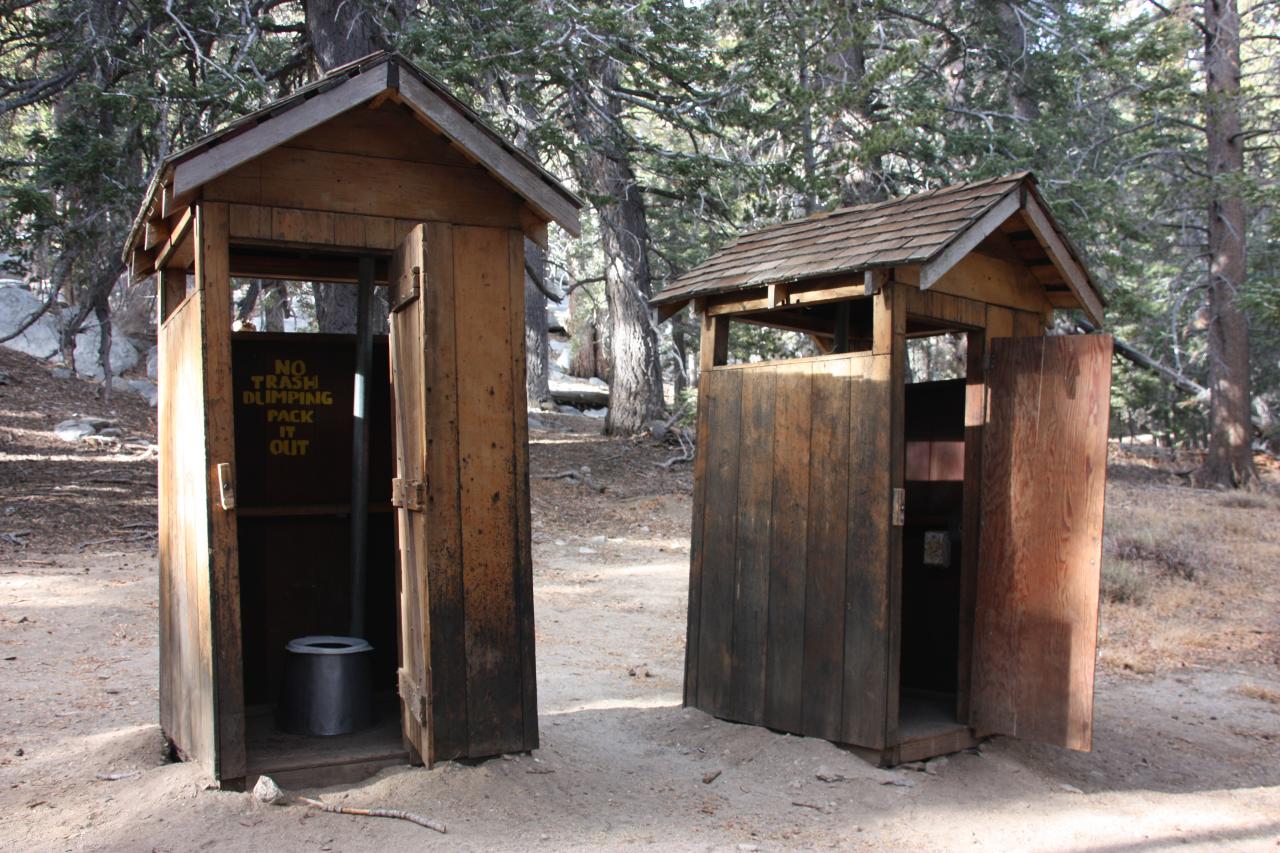Maintenance Tips: Washing Machines
According to the Study of Life Expectancy of Home Components, which was prepared in 2007 by the National Association of Home Builders (NAHB), the average life expectancy of a washing machine is 10 years. While washing machines are not made to last forever, performing simple maintenance will help to ensure they last as long or longer than expected, and will actually reduce the likelihood that your washing machine will be the cause of significant water damage to your home.
 Credit: Flickr | kruder396 | CC BY-SA 2.0
Credit: Flickr | kruder396 | CC BY-SA 2.0
Maintenance Tips
Maintenance Tips: Bathroom Exhaust Fans
Maintenance Tips: Bathtubs and Showers
Maintenance Tips: Bathroom Vanities
Maintenance Tips: Toilets
A good safety measure to remember when you are working with any appliance is to unplug the appliance prior to moving it and performing any maintenance or repairs.
Water Supply
The insurance company that handles your homeowner's policy understands that most water damage claims are preventable. In fact, they also realize that one of the biggest causes of water damage in the home can be attributed to the water supply hoses that connect to the back of a washing machine. Over the lifetime of a single washing machine, there is a significant likelihood that one of these hoses will burst, potentially spilling several hundred gallons. Not surprisingly, manufacturers recommend that you turn off the water supply valves when the washing machine is not in use. This alleviates the constant pressure of water on the solenoid (controls the flow of hot and cold water from the valve to the washing machine's inner tub) and increases the longevity of the supply hoses. Many homeowners have probably never heeded this advice; thus the water supply hoses and solenoid are under constant pressure.
A vital step in maintaining your washing machine is to do an inspection of the hot and cold water supply hoses. It is suggested that they be looked at every four to six months to ensure that they are not kinked, bent, worn, cracked, or blistered. You should also check for corrosion at the fittings, which is an indication of leaking water. Even if nothing is wrong, it is recommended that you replace these hoses every five years. If you have standard rubber hoses, consider replacing them with stronger, less brittle stainless steel braided hoses for greater protection from bursts and potential flooding. Where water supply hoses connect to the back of a washer at the solenoid, water inlet strainers can be found and should be cleaned every six months or so, particularly if you live in an area with hard water.
Cleaning Water Inlet Strainers
- Remove the water supply hoses from the solenoid.
- Remove the strainers and rinse under running water to remove any debris.
- Reinstall.
Inspect the shut off valves for signs of corrosion and water leaks. Any leaks should be immediately repaired. Standard water supply valves are not difficult to turn on and off; turn the valve to the right to turn off and to the left to turn on. That being said, if you are not following the manufacturer's recommendation to shut off the valves while the washer is not in use, you can expect your solenoid to go bad. You may want to consider one of the other types of shut off valves available, such as a manual single lever shut off valve or even an automatic electronic shut off valve that offers leak detection and protection from substantial water damage.
Leveling
Washing machine legs that are not level will allow the washer to vibrate, make noise, or even walk around during use. This could potentially cause damage to objects around the washer and could damage the internal components of the machine itself. Ensure that your washing machine remains level by setting a carpenter level on top and adjusting the feet. Depending on whether you own a front or top load washing machine, repairs and cleaning of the internal components can be difficult. Damage caused by vibration may require repairs by a qualified appliance repairman. Having an appliance repairman available for such types of repairs and even cleaning of the internal components will help to extend the life of your washer and ensure that it is functioning as expected.
Cleaning
YouTube video that covers general washing machine
maintenance.
Keeping a washing machine clean inside and out will keep it in optimal condition and actually improve its ability to properly clean your clothing. The surface of a washer should be kept clean by using a soft cloth or rag, along with hot water, bleach, soap, or a non-abrasive cleaner. Abrasive soaps, stain removers, sponges, etc. can scratch the finished surface and should not be used. The inside of a washing machine should be cleaned every three months. This will remove any residue buildup, bacteria, mold, or mildew.
Cleaning the Inside
- Run the hot wash cycle with either a proprietary washing machine cleaner, a distilled vinegar and baking soda mixture, or a detergent mixed with bleach.
- Follow up by rinsing with a cold water cycle without any cleaning solutions.
The door gasket of a front loading washer can be air dried or towel dried to remove any remaining moisture after a wash cycle, preventing mold or odor issues. Should stained areas develop along the gasket, they can be cleaned with a damp cloth or a bleach/warm water mixture, then dried. Most washing machines have a pump filter (protects the pump from obstructions such as coins) that is accessible from the front, typically located at the bottom right or left side (check owners manual to be sure). The pump filter should be regularly cleaned to remove any articles that have been collected. Soap, bleach, and fabric softener dispensers should also be cleaned on a regular basis. Some are removable, while others are not.
Cleaning Soap, Bleach, and Fabric Dispensers
- If the dispenser is removable, it is suggested that you remove the dispenser, soak it in hot water, clean out any residue in and around the dispenser port with a small non-metallic brush, then dry and replace.
- If the dispenser is not removable, pour hot water through the liquid portals and gently scrub the surfaces to remove any residue.
Detergent
We tend to use more than the recommended amount of detergent and fabric softener when we wash our clothes. We can use half to three-quarters of the recommended amount of detergent to clean clothes. Using more detergent results in more suds, soap residue, and the buildup of gunk that will have to be cleaned. In addition, the advent of high efficiency washing machines has introduced us to HE, or High-Efficiency, detergents. It is important that the proper detergent is used for the specific type of washing machine you own. It is recommended that you thoroughly read the manufacturer's literature, installation instructions, and care manual for recommendations on detergents and future troubleshooting prior to the machine's first use.
The U.S. Consumer Product Safety Commission (CPSC) works to ensure the safety of consumer products. The CPSC has a list of washing machines that have been recalled on their website, in an effort to help protect consumers. Although it may not seem like a worthwhile expenditure of time and money to perform all of the steps that are recommended to maintain a washing machine, consider the cost of the repairs that have to be made when a leak occurs, or the time that would be spent doing the alternative: scrubbing clothing by hand!

Buildipedia Staff
The Buildipedia research and writing staff consists of dozens of experienced professionals from many sectors of the industry, including architects, designers, contractors, and engineers.
Website: buildipedia.com/




